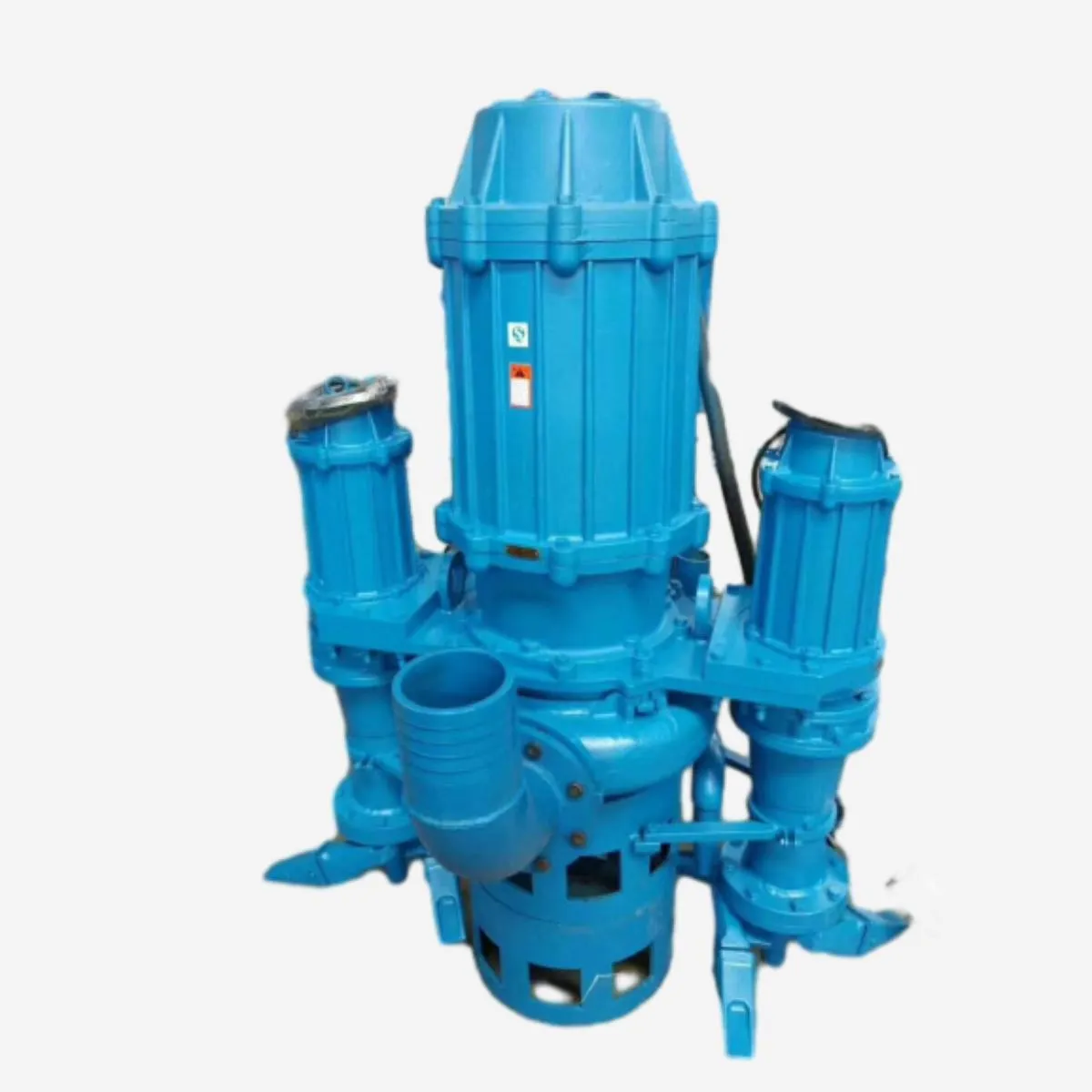Slovenian
- Afrikaans
- Albanian
- Amharic
- Arabic
- Armenian
- Azerbaijani
- Basque
- Belarusian
- Bengali
- Bosnian
- Bulgarian
- Catalan
- Cebuano
- Corsican
- Croatian
- Czech
- Danish
- Dutch
- English
- Esperanto
- Estonian
- Finnish
- French
- Frisian
- Galician
- Georgian
- German
- Greek
- Gujarati
- Haitian Creole
- hausa
- hawaiian
- Hebrew
- Hindi
- Miao
- Hungarian
- Icelandic
- igbo
- Indonesian
- irish
- Italian
- Japanese
- Javanese
- Kannada
- kazakh
- Khmer
- Rwandese
- Korean
- Kurdish
- Kyrgyz
- Lao
- Latin
- Latvian
- Lithuanian
- Luxembourgish
- Macedonian
- Malgashi
- Malay
- Malayalam
- Maltese
- Maori
- Marathi
- Mongolian
- Myanmar
- Nepali
- Norwegian
- Norwegian
- Occitan
- Pashto
- Persian
- Polish
- Portuguese
- Punjabi
- Romanian
- Russian
- Samoan
- Scottish Gaelic
- Serbian
- Sesotho
- Shona
- Sindhi
- Sinhala
- Slovak
- Slovenian
- Somali
- Spanish
- Sundanese
- Swahili
- Swedish
- Tagalog
- Tajik
- Tamil
- Tatar
- Telugu
- Thai
- Turkish
- Turkmen
- Ukrainian
- Urdu
- Uighur
- Uzbek
- Vietnamese
- Welsh
- Bantu
- Yiddish
- Yoruba
- Zulu
Telephone: +86 13120555503
Email: frank@cypump.com
Dec . 11, 2024 18:40 Back to list
septic tank and pump
Understanding Septic Tanks and Pumps A Comprehensive Guide
Septic systems are an essential part of waste management in areas not served by centralized sewerage systems. They function to process and treat household wastewater onsite, ensuring both environmental protection and public health. At the heart of this process are septic tanks and pumps, which play crucial roles in the efficient operation of these systems.
What is a Septic Tank?
A septic tank is a large, underground container designed to hold and treat wastewater from homes. When wastewater flows into the tank, it undergoes a natural separation process. Solids settle at the bottom, forming sludge, while lighter materials like grease and oils float to the top, creating a scum layer. The clarified liquid, referred to as effluent, occupies the middle section of the tank. This effluent is then distributed to a drain field or seepage area, where it can percolate into the soil, undergoing further treatment through natural filtration.
The Importance of Maintenance
Regular maintenance of a septic tank is crucial to ensure the longevity and effectiveness of the system. Homeowners should schedule professional inspections and pump-outs every 3 to 5 years, depending on usage and tank size. Neglecting these tasks can lead to clogs, backups, or complete system failure, which can be costly and disruptive.
Understanding Pumps in Septic Systems
While many septic systems operate effectively without pumps, some setups require them, especially when the tank is located below the drain field or in cases where gravity alone cannot move wastewater efficiently. There are two main types of pumps used in septic systems effluent pumps and grinder pumps.
1. Effluent Pumps These pumps are designed to move the treated effluent from the septic tank to the drain field. They activate when a certain water level is reached, preventing overflow and ensuring proper distribution of the effluent into the soil.
septic tank and pump

2. Grinder Pumps These pumps are necessary when the wastewater needs to be transported over long distances or uphill. Grinder pumps utilize a powerful motor and blades to grind solids into a slurry, making it easier to pump through the system.
Signs of Trouble
Recognizing the signs of a failing septic tank or pump is vital for timely intervention. Common indicators include
- Slow Drains If drains are sluggish or gurgling, it could suggest a blockage within the septic system. - Backup Issues Backups in toilets or drains can indicate that the tank is full or that a pump is malfunctioning. - Foul Odors Bad smells around the tank or drain field may indicate a failure in the system leading to leakage. - Pooling Water Puddles or wet spots around the drain field can signal an inefficient drainage process, possibly due to a full tank or damaged pump.
Installation and Upgrades
For those considering a new septic system or upgrading an existing one, it's wise to consult with a professional to determine the best type of tank and pump for your property. Factors influencing this decision include the size of the household, soil type, and local regulations. Proper installation is critical for the long-term performance of your system.
Conclusion
In summary, septic tanks and pumps are vital components of on-site wastewater treatment systems. Understanding their function, maintenance needs, and the signs of potential issues can help homeowners manage their septic systems effectively. Regular maintenance and prompt attention to any problems will ensure that the system operates smoothly, protecting both the environment and the health of the household. For additional guidance, always consider consulting with a septic system professional who can provide tailored advice based on individual circumstances.
-
ISG Series Pipeline Pump - Chi Yuan Pumps | Energy Efficiency&Compact Design
NewsAug.03,2025
-
ISG Series Vertical Pipeline Pump - Chi Yuan Pumps Co., LTD.|High Efficiency, Low Noise, Durable
NewsAug.02,2025
-
ISG Series Vertical Pipeline Pump - Chi Yuan Pumps | High Efficiency, Low Noise
NewsAug.02,2025
-
ISG Series Vertical Pipeline Pump- Chi Yuan Pumps Co., LTD.|High Efficiency&Compact Design
NewsAug.02,2025
-
Heavy-Duty Mining Sludge Pumps - Wear-Resistant Slurry Handling
NewsAug.02,2025
-
Horizontal Split Case Pump with GPT-4 Turbo | High Efficiency
NewsAug.01,2025










